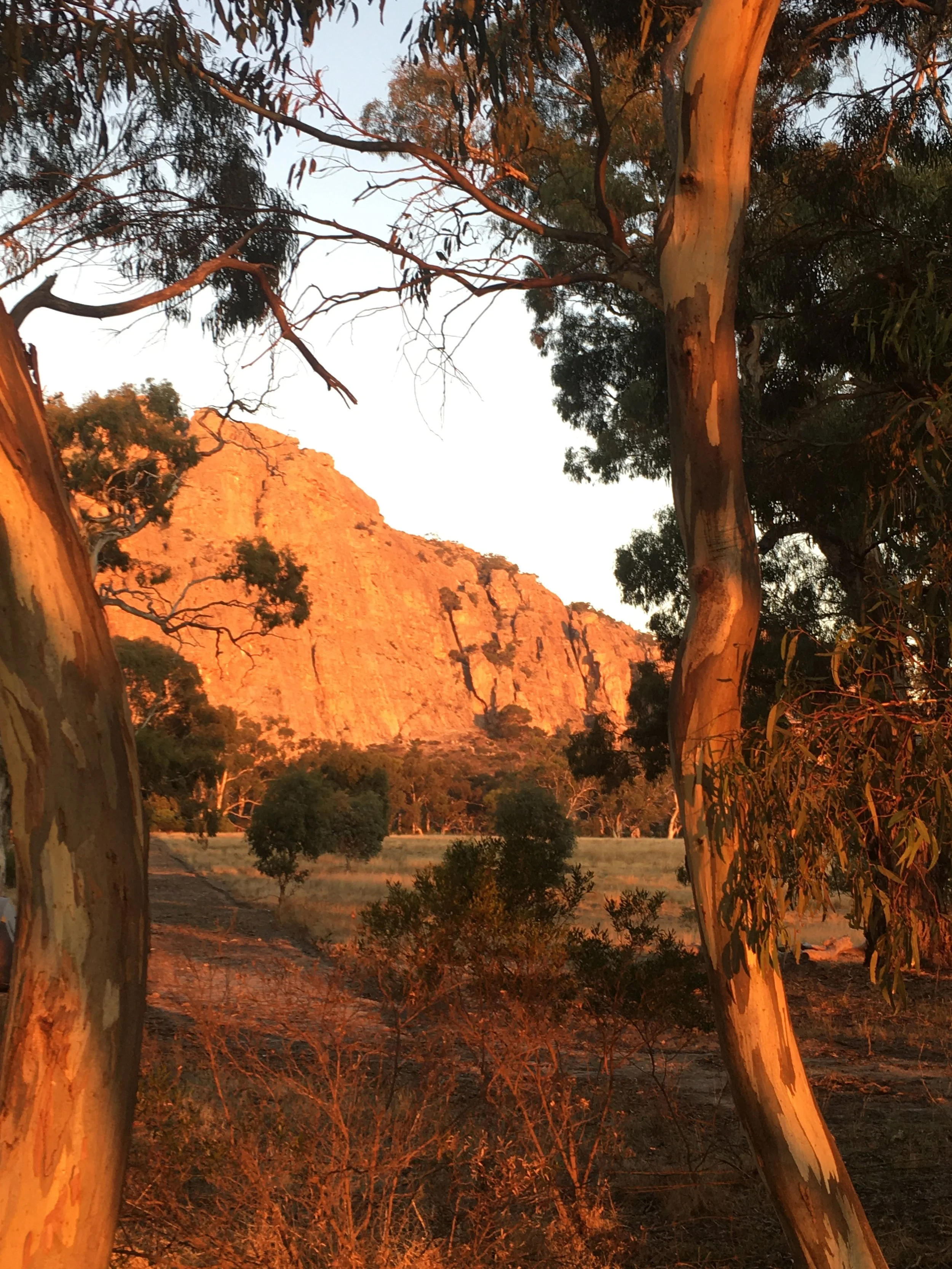Fairfield West by Florence Callicott: A Review
Memories of the big family gatherings of my childhood contain images of the oldies poring over a cache of newly discovered old photographs. Each photo triggering recollections and stories as it was passed around, restoring detail to fading memories. I would stand near them sometimes, more than a little entranced not just by the old images but by the enthusiasm and animated discussion of my older relatives. The images captured by the old photographs were not of a stale detached history but a living relevant history; it was our history.
The time, place and context for each photograph had to be discussed and agreed, resulting in the contents of each person’s memory to be validated and in some cases re-ordered to accommodate the new information provided by each photo. Reflecting now on my memories of these gatherings I am struck by the importance placed on getting it right by each of the participants; these conversations were not simple reminiscing or nostalgia, they were compiling the historical record.
My Aunty Florence, along with a number of others, recently extended the reach of those conversations and then captured them into a newly published book – Fairfield West, From Rural to Residential. The aim of the book is to explain how the modern suburb of Fairfield West evolved from a small farming community in the 19th century to the busy, thriving, important part of Fairfield City it is today.
Local histories have become unfashionable compared to the ‘big history’ books that cover from the dawn of time until now, or the approach of reviewing historical events through the perspective of a previously marginalised group, but that doesn’t diminish their value. I’ve noticed a tendency for localised histories to be written to inflate the importance of a particular locality or event, or as a form of grudge, in essence to – set the record straight. This book is neither, but instead is an attempt to – be a straight record – of the history of a particular place for a particular period of time.
The book is a reminder that Sydney is not and never was a single entity, but a disparate collection of towns and villages that eventually grew into each other, with each town at one point having its own identity, sub-culture and history. This book documents and preserves the local history of one of those towns, and by doing so adds a valuable thread to the historical tapestry of Sydney and Australian life.
The book is not a collection of personal anecdotes, instead it chronicles each of the elements that shaped the area such as Transport, Commerce & Industry and yes, even drilling for oil. The strength and ultimately the value of this book though is the personal level of detail that is added to each of the topics. The capture of such detail across all of the topics was possible due to the creation of a committee of the Fairfield West History Group specifically to support the research and assist with fact checking for this book.
That Mrs D Gillies was awarded 2nd place in the scones category of the cooking competition of the fundraising fete held in 1940 at the Kings Hall may seem a needless piece of detail, but like much of the fine detail included in the book its inclusion is intended to assist in creating a sense of the times, an unstated but I feel an achieved aim of the book.
A sense of the times, but not a longing for them, pervades the book, as it did when the oldies would gather around the old photos during the family gatherings; rarely would I hear the phrase – things were better back then. The transition from a farming community to a town and then a developed suburb is documented rather than depreciated; the improvements in schools and services noted rather than applauded.
The purpose of this book is not to champion or challenge Sydney’s westward expansion and the commensurate effects of the dislocation or isolation felt by many; however, as a – straight record – it provides a foundation for those stories to be told. And some of those stories are told in a chapter near the end containing a collection of memories from a number of families. Here, as elsewhere, the benefit of the book being authored by someone who has been continually active in the local community and supported by the History Group is apparent, through the variety of people called upon to tell their stories.
Although the book includes developments up to the current day, the book’s strength is the period from settlement to the early post war period. For this reason I consider this book to be the first of a possible series, with subsequent books written by different authors but following a similar approach, of capturing the essence of the times through a personal connection to both the place and the times, each book overlapping with the previous book. For example, as described in the chapter on the Kings Hall, which played an important role in the early community life of Fairfield West, the Hall was not directly replaced when it burnt down as its role had been supplanted by numerous community centres built by different migrant groups. An ensuing book could provide an equivalent richness of detail for the development of those halls and community centres.
Bewilderment and dis-belief are typical reactions of people when I tell them that both my parents grew up on farms – in the Fairfield district. And at times even I struggle to imagine the vineyards and orchards that existed before the housing estates and schools and shops. The oldies at my family gatherings didn’t want to re-live the past; they just didn’t want it forgotten, and Fairfield West by Florence Callicott ensures that it won’t be.



